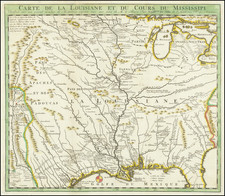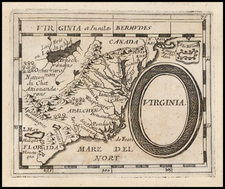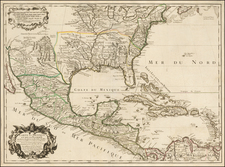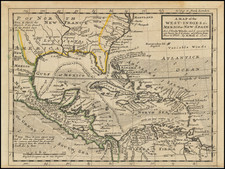Early US Government printed map showing the several routes under consideration for the main postal road from Baltimore to Philadelphia.
The engineers working on the route were William Tell Poussin and General N. Bernard. The following description is excerpted from the Maryland Historical Society website:
In 1825 the citizens of Maryland petitioned the Congress for . . . improvement of the Philadelphia-Baltimore mail road. Service often was delayed due to road conditions and fording requirements. The United States Post Office agreed with Maryland and, in a letter to Congress, stated that "as there is but little travel on the greater part of this route, when the steamboats ply upon the Chesapeake and Delaware, the necessary repairs upon it have been almost wholly neglected for some years past" (Lowrie and Franklin, p. 136). One solution suggested in 1825 was to construct a bridge over the Susquehanna.
By Congressional resolution in May, 1826, a survey party was established to explore alternative mail routes between Baltimore and Philadelphia. Their report and map were presented to the House in 1827 by Postmaster General John McLean. According to McLean, the map was "drawn with great care and ability; and as eight routes are laid down, with the data on which an estimate is formed of the expense of constructing a paved road on each, including bridges; a comparative view will show the most eligible route" (U.S. Congress, House, Document 94, p. 3).
[The "most eligible route" was] from Baltimore to the Bush River on a turnpike road; from Bush to Rock Run (Port Deposit bridge) on a traveled road; Port Deposit to North East on a newly constructed "straight line" road; from North East to Philadelphia on a turnpike road. The Port Deposit bridge already existed, having been built by the then defunct Rock Run Turnpike Company (1826). It is of interest to note that North is placed at a 45' angle to the page. This orientation is useful, for Baltimore appears at the left end of the sheet and Philadelphia at the right. Any other treatment would have resulted in an overly large or skewed presentation.









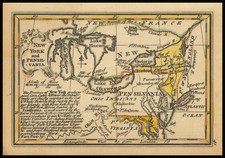
![[ Method by which native Floridians discuss matters of grave importance ] Qua ratione Floridenses de seriis rebus deliberant. XXIX.](https://storage.googleapis.com/raremaps/img/small/97363.jpg)
